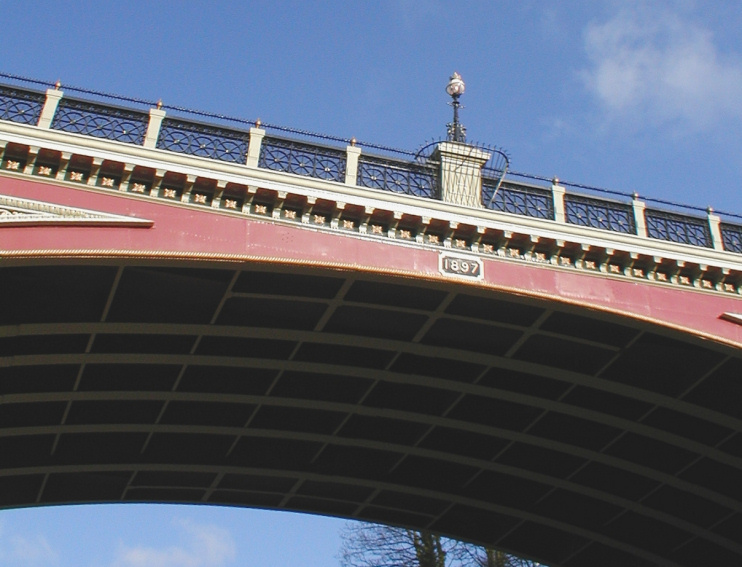Archway
Archway, Islington
Archway Road skirts the eastern side of Highgate Hill and the Archway locality is at its southern end

In the early 19th century work had begun on a tunnel under Hornsey Lane when the roof collapsed, bringing the lane down with it. This forced a change of plan and in 1813 a cutting was dug and a Roman-style viaduct built to carry Hornsey Lane across it. Junction Road was constructed at the same time as a feeder for the new road. However, the viaduct proved too narrow for the volume of traffic and the present Archway bridge opened in 1900.
Much of the locality’s original development was as cheap housing for working people who were displaced from St Pancras and Somers Town by the railway building of the mid-19th century.
The present Archway Tavern was built in 1888, the third public house on this site in the course of three centuries. Following several changes of use over the past couple of decades, and then a five-year closure, the tavern reopened in November 2019. Outside, Navigator Square has undergone a £13m refurbishment.
Archway station was the northern terminus of what is now the High Barnet section of the Northern line from 1907 to 1939, during which time the station was called Highgate. After this, the Archway name took hold of the area, which had formerly been considered part of Upper Holloway.
The 17-storey Archway Tower was built in 1963. By the end of the 20th century the tower was widely considered to be a blot on the streetscape, and proposals to demolish it and replace it with more humane architecture were considered and then dismissed several times. In the end, it was reclad and converted to residential use.
The London Borough of Islington completed the Elthorne estate in the early 1970s and, with the help of lottery funding, has recently been investing in overdue improvements. But local people were reportedly angered by the tone of a 2012 council document that said the estate “lacks the strong sense of identity enjoyed by other estates” and has “high unemployment, antisocial behaviour, unmet demand for youth provision and poor quality green space.”
Many properties in Archway have been subdivided and flat-sharing is commonplace here, especially among recent graduates and other newcomers to London. Conventional family homes are more prevalent on Archway’s borders (pricier localities lie in most directions).
Archway was the scene of the third and final ‘brides in the bath’ murder, committed by George Joseph Smith at 14 Bismarck Road, now Waterlow Road. Smith drowned Margaret Lofty in the bath just two days after he had married her in December 1914.
On a lighter note, St Etienne’s Archway People, New Model Army’s Archway Towers and the Boo Radleys’ Blue Room in Archway all take a jaundiced view of life in the neighbourhood. Sarah Cracknell sings, ‘There are some nice parts of London / You can see them from here.’
